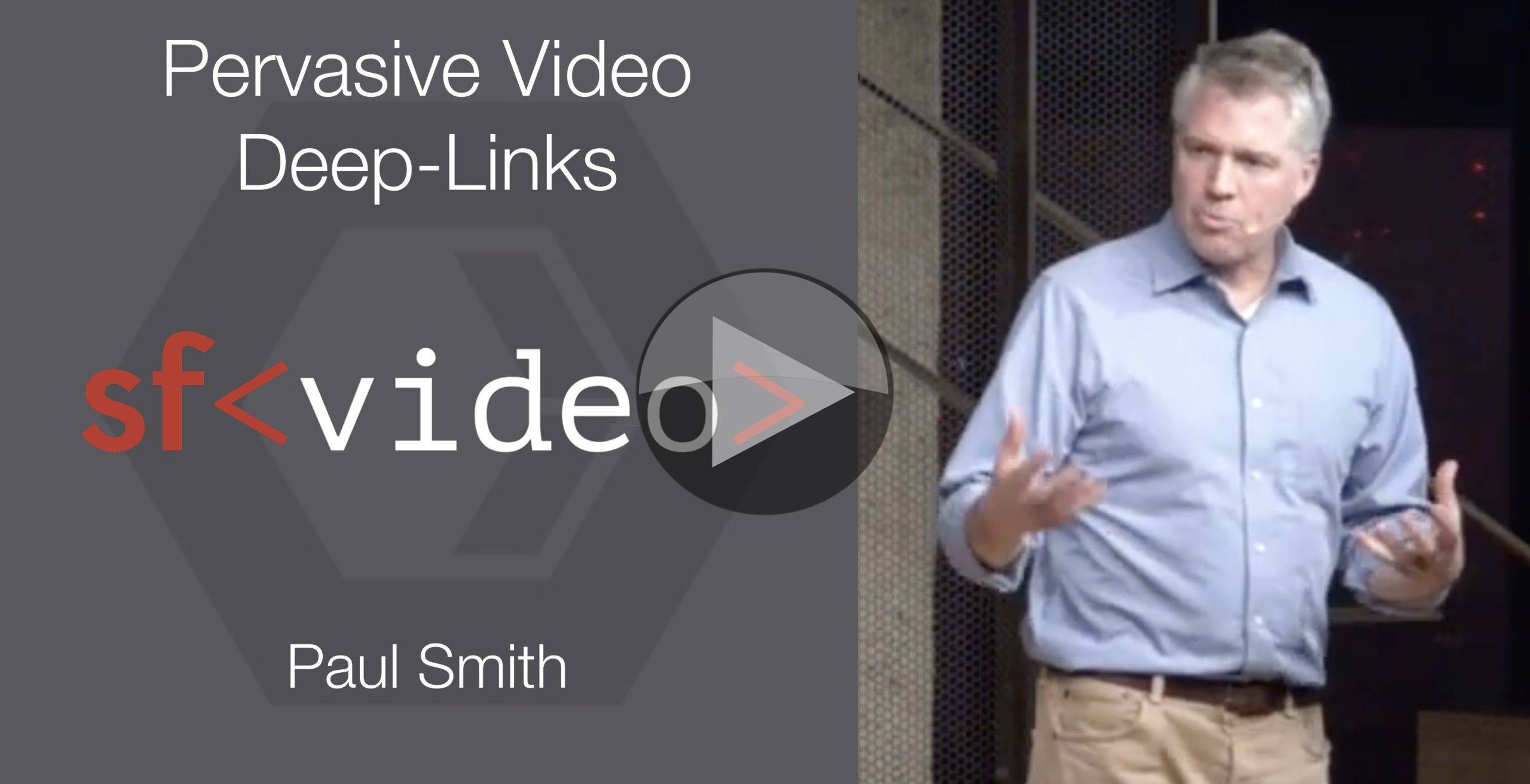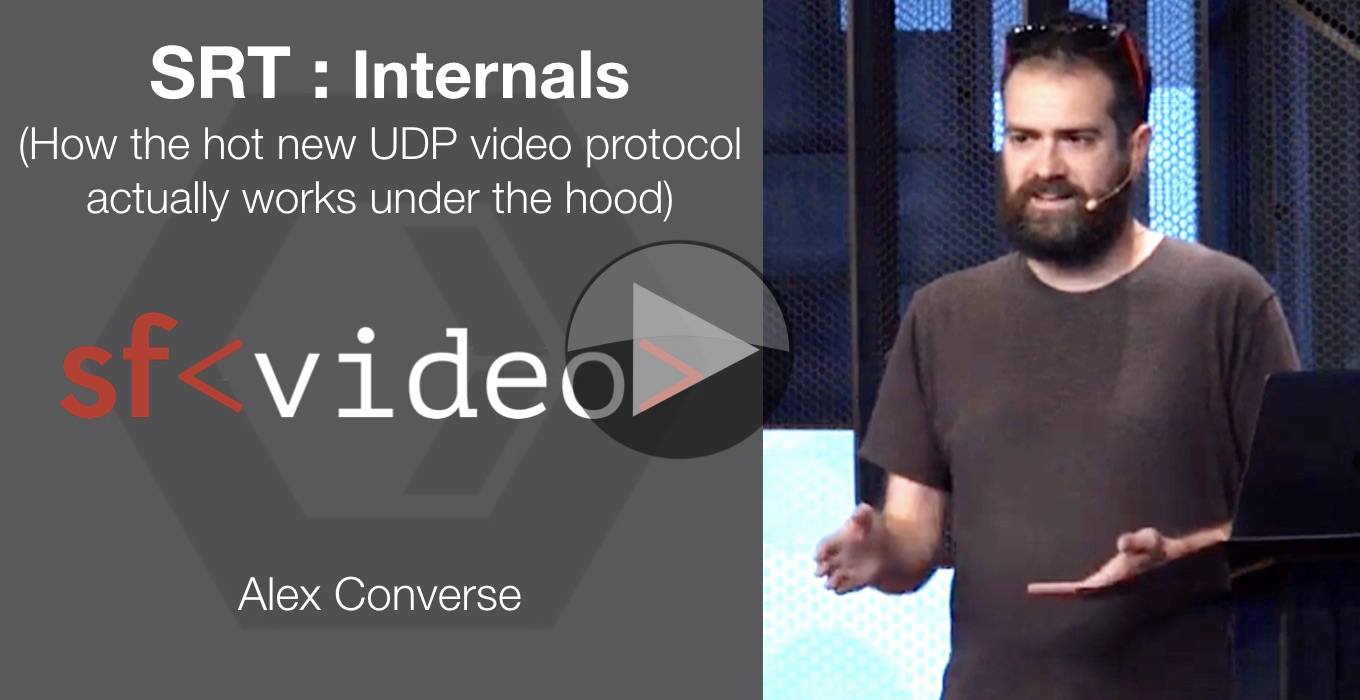Getting colours right is tricky. Many of us get away without considering colour spaces both in our professional and personal life. But if you’ve ever wanted to print a logo which is exactly the right colour, you may have found out the hard way that the colour in your JPEG doesn’t always match the CMYK of the printer. Here, we’re talking, of course about colour in video. With SD’s 601 and HD’s 709 colour space, how do we keep colours correct?
Rec. ITU-R BT.601-7 also known as REC 601 is the colour space standardised for SD video, Rec. ITU-R T.709-6 also known as Rec. 709 is typically used for HD video. Now for anyone who wants to brush up on what a colour space is, check out this excellent talk from Vimeo’s Vittorio Giovara. A great communicator, we have a number of other talks from him.
In this talk starting 28 minutes into the Twitch feed, Matt Szatmary exposes a number of problems. The first is the inconsistent, and sometimes wrong, way that browsers interpret colours in videos. Second is that FFmpeg only maintains colour space information in certain circumstances and, lastly, he exposes the colour changes that can occur when you’re not careful about maintaining the ‘chain of custody’ of colour space information.
Matt starts by explaining that the ‘VUI’ information, the Video Usability Information, found in AVC and HEVC conveys colour space information among other things such as aspect ratio. This was new to AVC and are not used by the encoder but indicate to decoders things to consider during the decoder process. We then see a live demonstration of Matt using FFmpeg to move videos through different colour spaces and the immediate results in different browsers.
This is an illuminating talk for anyone who cares about actually displaying the correct colours and brightnesses, particularly given there are many processes based on FFmpeg. Matt demonstrates how to ensure FFmpeg is maintaining the correct information.
Watch now!
Download the scripts used in the video
Speakers
 |
Matt Szatmary Senior Video Encoding Engineer, Mux |






